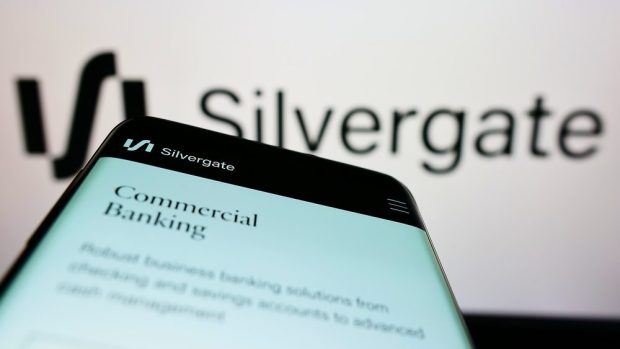Silvergate Capital Says It Conducted Due Diligence on FTX

Silvergate Capital has released a public letter addressing its involvement with FTX and Alameda Research.
In the Monday (Dec. 5) letter submitted to the Securities and Exchange Commission (SEC), Silvergate Capital CEO Alan Lane said that the company conducted extensive due diligence on FTX, its affiliated trading firm Alameda Research and other FTX-related entities.
He added that the firm operates in accordance with laws that require it to determine the beneficial owner, the source of funds and the purpose and expected use of the funds.
“When Silvergate received payments directed to Alameda Research and credited it to the account of the same name, this was consistent with the instructions from the sender of the wire and industry practice,” Lane wrote in the letter. “And, as I’ve noted previously, if we detect activity that is unexpected or potentially concerning in any account, we conduct an investigation and, when required, confidentially file a suspicious activity report in accordance with federal regulation.”
Bloomberg reported on Nov. 28 that before its bankruptcy, FTX mingled customer and business funds to access regulated banks.
When FTX couldn’t access regulated banks because the banks were hesitant about dealing with cryptocurrency companies, it did so through Alameda Research, the report said.
Some customers were instructed to send wire transfers to Alameda Research’s accounts at Silvergate Capital, per the report.
Silvergate, a Federal Reserve member bank, helps customers move dollars and euros into crypto exchanges, according to the Bloomberg report.
In the Monday letter, Lane wrote that Silvergate is purpose-built to support customers in times of growth and during volatility.
“While this has been a turbulent time in the digital asset industry, our customers’ deposits are, and have always been, safely held,” Lane wrote. “In addition to the cash we carry on our balance sheet, our entire investment securities portfolio can be pledged for borrowings at the Federal Home Loan Bank, other financial institutions, and the Federal Reserve Discount Window — and can ultimately be sold should we need to generate liquidity to satisfy customer withdrawal request.”
